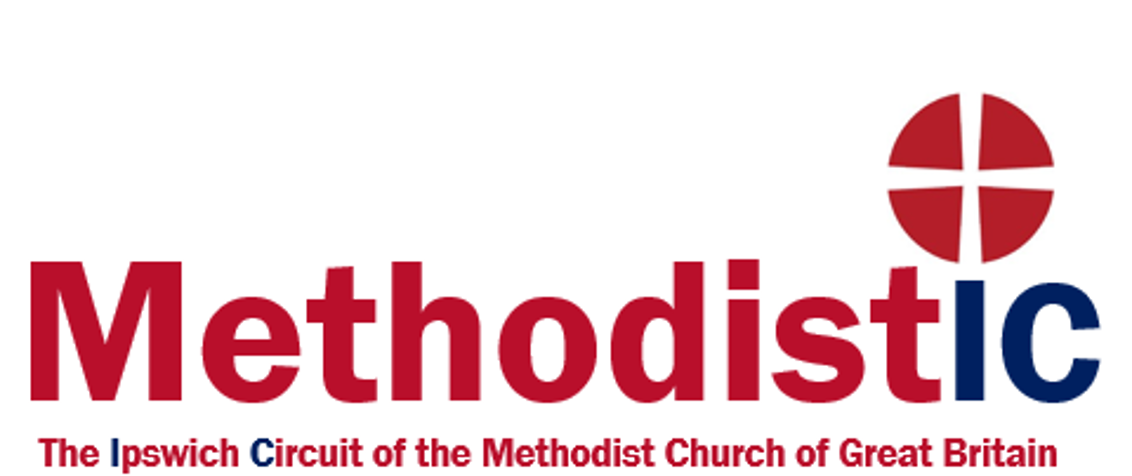Where does our hope come from?
I will be very disappointed if by now you are unfamiliar with the tetrameter of LEARN, SPEAK, ACT, HOPE whichforms such an important heart-beat throughout all our work in support of climate justice.
Where does our hope come from? is a profound question in this context. Is it enough to guide people to spiritual materials, thoughts for the day, and deeply meaningful prayers to stir the soul. Each of these is absolutely essential in steeling the nerve of our church family, but do they alone reach through to the unchurched and the faithless, for whom we still have a duty of discipleship, and in whom, we want to stir up knowledge and action?
This was the challenge posed to me in a recent conversation.
Curiosity, creativity and courage are all God-given gifts which we should value and use to the greatest extent possible – fulfilment of the teaching at the heart of the parable of the talents just read in a different context from the norm.

Despite all the horrors of the pandemic, these gifts have been used to the fullest extent in production of new vaccines, in developing and processing new tests, and in our ability to use genomics to track down new strains of virus. People of curiosity, creativity and courage have demonstrated breakthrough after breakthrough that many would have called impossible some 18 months ago. They succeeded, because of their hopefulness. That infectious hopefulness inspired others to back them; to give them space; to give them resources and facilities, and to trust that they could turn their curiosity into courageous creativity.
The climate crisis is bigger, but has the same characteristics – urgency, uncertainty, barriers to be taken down, fear of change to be overcome, and bags of ideas held in check by inertia, disbelief and cynicism. Bring on the curious, the creative and the courageous to inspire hope and refuse to throw in the towel.
We have to stop using fossil fuels. No room for debate!
Use electricity as our sole source of energy wherever it is feasible. Harness the wind, the waves, the tides, sunlight, gravity and geology to make that electricity. Tick.
But oil and gas are available whenever and wherever required, are easy to transport and quick to refuel. Without better storage of electricity, and speed of refuelling, the resistance and inertia will always be a barrier to the success we need. No space for buts – bring on the curiously creative.
Batteries, despite being heavy to move around, slow to recharge, depleting yet more precious materials, are still buying us some time. Partial tick.
Gravity: think about the weights keeping grandfather clocks going, but magnified and brought into 21st century solutions. Flywheels: think about how momentum is maintained in lumbering steam traction engines – magnified and brought into 21st century solutions. Heat engines: think about electric storage heaters – magnified and brought into 21st century solutions. All good ways of storing the electricity when it is plentiful, to be released when it is scarce. Another big part of a tick.
Some of these can collect electricity over a long time and release it very quickly. Ooh. Talk to me about rapid chargers for electric vehicles, without changing the cabling infrastructure. Can I have two ticks please?
Bring in the chemistry. Think about using electricity to separate a compound into its ingredients, storing energy in chemical form. Then run the process backwards by reacting the constituents together to release the energy when you need it- in the form you need. Partial tick again. What if those separated constituents are easy to transport – not only when you need, but also where you need? Tick is now growing.
Now what happens if those ingredients are gases or liquids that are easily transported, and quick to refuel? Start by electrolysing water, store the hydrogen in tanks or fuel cells and release the oxygen into the atmosphere. Treat the hydrogen as fuel for an internal combustion engine or burn it to make electricity or heat when and where required. Tick.

Hydrogen-fuelled engines are promising for areas where battery technology reaches its limits such as long distance, rapid refuelling and large lorries. But, don’t they run very hot, wasting energy in cooling systems which need to be more thermally stable than diesel engines? Please! Don’t succumb to any more of these buts!. New ceramic technologies offer the promise of allowing lighter engines to run hotter and safer. Tick.
You may never have heard of these technologies, but engineers, technologists, scientists, designers are out there aplenty. In research, development and manufacturing, bending the ear of the policymakers and gaining support from the investment community with the same energy, enthusiasm and passion as those pioneers of new vaccines. TICK. TICK. TICK.
I know the clock is ticking for the climate, but there’s more than one type of tick!
Find your inspiration and hope in the promise that gifts of curiosity, creativity and courage can be celebrated as compelling contributors in the crusade for conservation of creation and climate continuity.
David Welbourn

